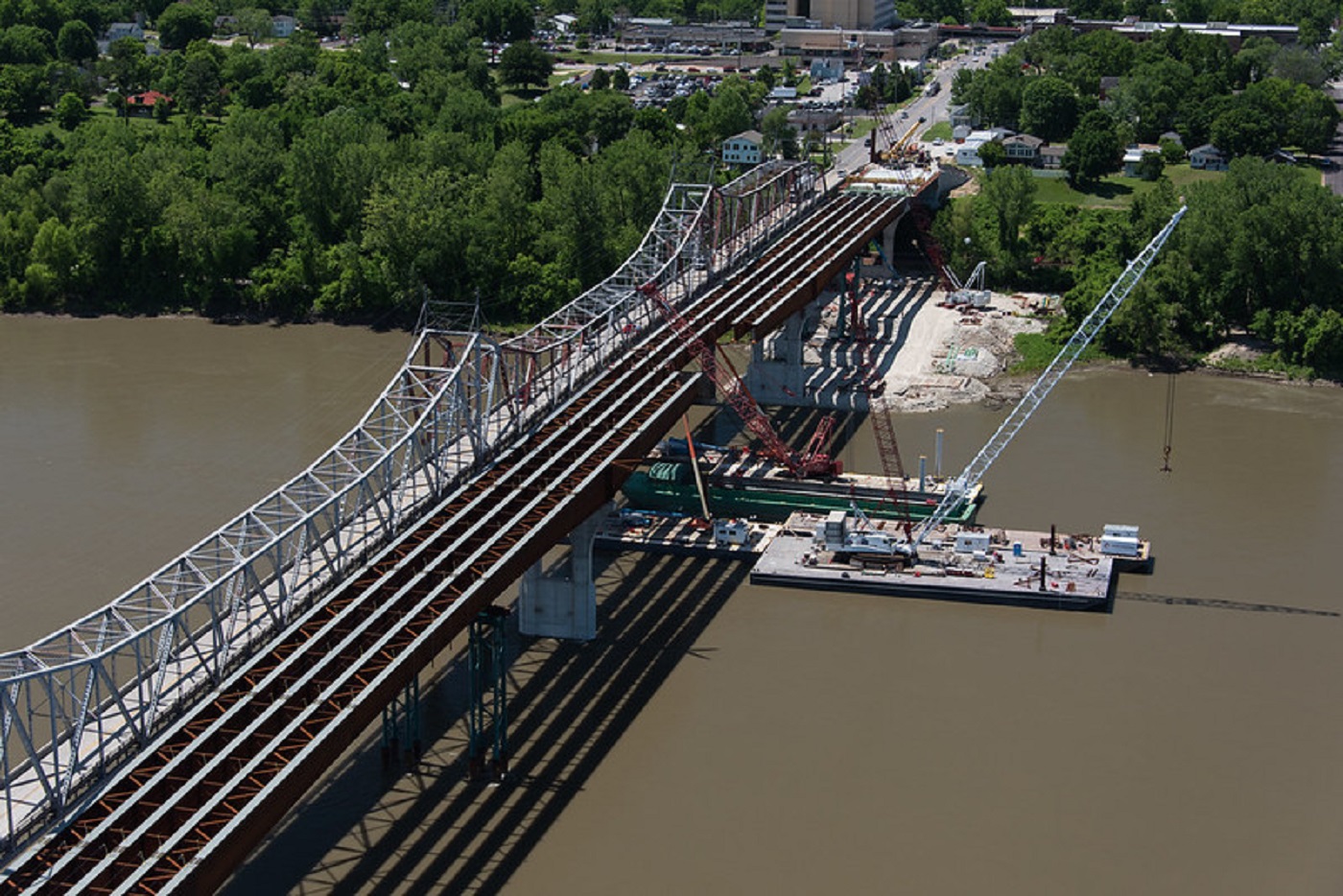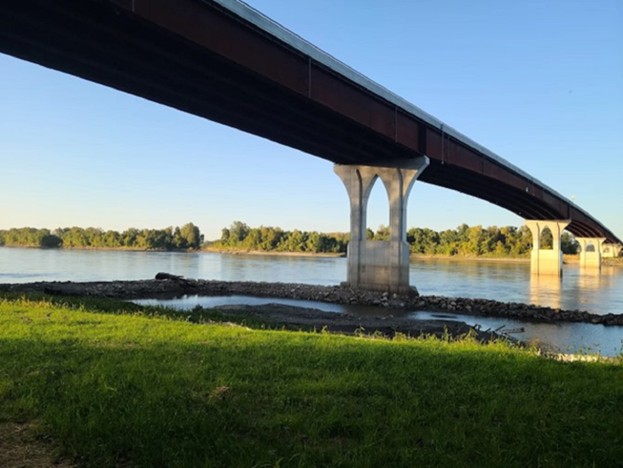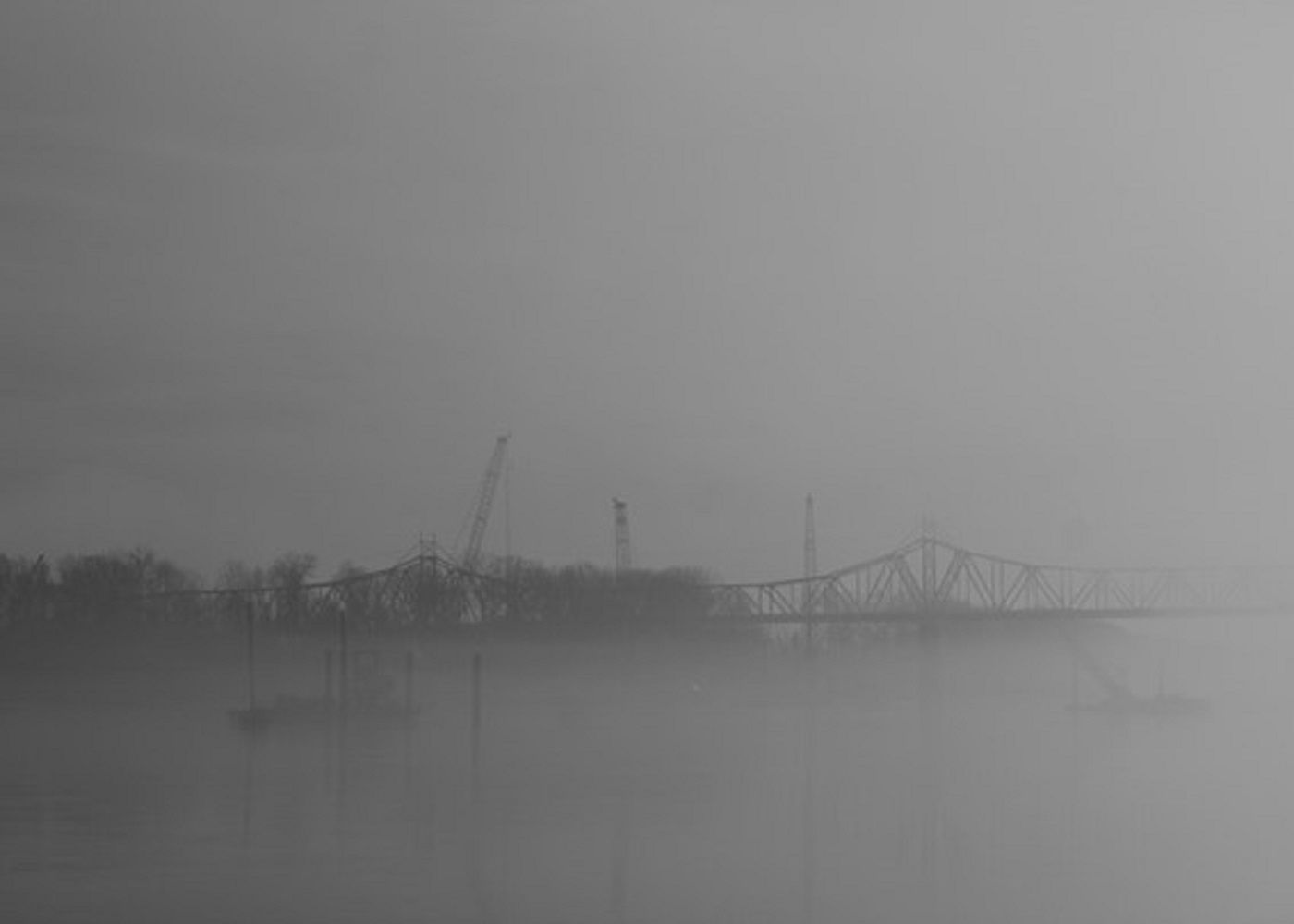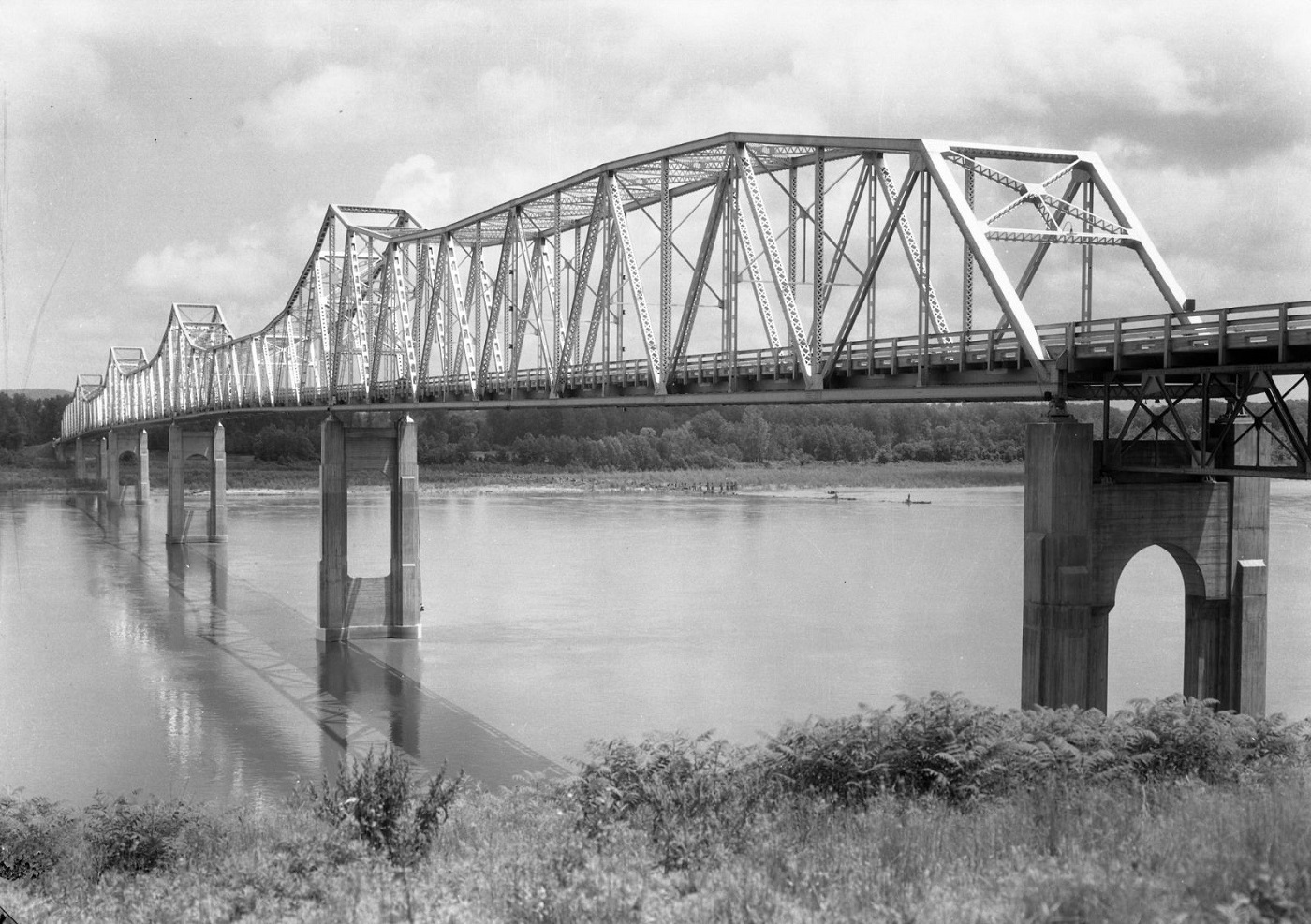Brian Brenner, P.E., F.ASCE, is a professor of the practice at Tufts University and a principal engineer with Tighe & Bond in Westwood, Massachusetts. His collections of essays, Don’t Throw This Away!, Bridginess, and Too Much Information, published by ASCE Press, are available in the ASCE Library.
In his Civil Engineering Source series, More Water Under the Bridge, Brenner shares some thoughts each month about life as a civil engineer, considering bridge engineering from a unique, often comical point of view.
Bridges serve not just as physical structures, but as metaphors for connecting things. In that way, bridges hold a special place in the order of civil engineering works. Wastewater treatment plants are also important facilities, but the expression “We’ll cross that wastewater treatment plant when we come to it” does not provide the same heft or meaning.
Beyond the metaphors and memes, bridges can also become important infrastructure backdrops for their local communities. Residents appreciate bridges beyond their basic transportation function. We may think that our bridges are permanent features of the landscape. But like everything else, they are not. What to do when it is time for a beloved bridge to be replaced?
For some places, a bridge provides the only connection. One city that relies on its bridge is Washington, Missouri, about 50 miles west of St. Louis. It is a small city situated on the southern bank of the Missouri River. The only river crossing for miles is the appropriately named Washington Bridge. Far away from town are an Interstate 64 crossing 20 miles to the east, and State Route 19 crossing the river 30 miles to the west. Residents rely on the bridge to reach points to the north of the city.
The original Washington Bridge was constructed in 1934.

Typical of large Midwest rivers crossing, the bridge featured through cantilever truss spans. Unlike other similar bridges, the Washington Bridge had many distinctive features, as described in this post.
In 2013:
“Missouri once had numerous large historic bridges, especially here on the Missouri River. Many of these bridges have been demolished and replaced in recent years. The Missouri River has been hit particularly hard. Therefore, this bridge is today one of the few remaining historic highway bridges on the Missouri River in the state. The bridge is a beautiful and substantial example of a cantilever truss. It is noteworthy on these facts alone, but additional significance is derived from its unusual design, because it is a cantilever structure with five cantilever spans. Most cantilever truss systems have a three-span design, with anchor arm spans at each end and, in the middle, a span composed of cantilever arms and a suspended span. In this bridge, because of the additional spans, the design is more complex. Starting from either end of the bridge, the main spans are configured as follows. First, a 415-foot anchor arm span, then a 475-foot span composed of cantilever arms and a suspended span, then a 475-foot span that does the function of two anchor arms, then a 475-foot span composed of cantilever arms and a suspended span, then a 415-foot anchor arm span. In addition, each end of the bridge has a 50-foot beam span and a 100-foot simple deck truss span. The deck truss span has members that are largely composed of angles, and so the span looks a lot more lightweight in design compared to the main spans, which are traditionally composed of riveted built-up beams with typical box-style design, including v-lacing, lattice, and battens.
“The bridge has a very attractive appearance, with the five-span design giving the bridge a distinctive, iconic appearance.”
 historicbridges.org
historicbridges.orgOver time, steel bridge members deteriorated. During a regular inspection in 2007, serious flaws were found, and MoDOT closed the bridge that Aug. 11. A resulting detour to cross the river was 60 miles long. Emergency repairs were performed, but the bridge was frequently temporarily closed after that. MoDOT conducted a rehabilitation project in 2008 through 2009, but also started to design a replacement. Construction on a new bridge began in 2016, and the crossing opened Dec. 3, 2018. The old cantilever truss bridge was demolished in 2019 after 85 years.
The new bridge is a sleek, multispan steel composite-concrete girder bridge that crosses the river in a slender and well-proportioned ribbon. The piers are attractively shaped and detailed. But the new bridge does not provide the visual presence of the old bridge. There is nothing on top to drive through.

 Jannell Dening
Jannell DeningLast February, ASCE announced honorees for the 2025 New Faces of Civil Engineering. These are 10 young professionals who already are making significant contributions. One honoree, Autumn Buesking, is a structural engineer from Iowa and a native of Washington, Missouri. An article describing her achievements starts with this description:
“Autumn Buesking has a photo of an old friend hanging up at her office cubicle.
“Well, maybe ‘friend’ isn’t quite the right word.
“It’s a lovely black-and-white photo she took of the old Washington Bridge, a rusty old cantilever truss bridge crossing the Missouri River in Buesking’s hometown of Washington, Missouri, on a hazy, foggy morning just before it was set to be demolished and replaced.”
I also have a lot of bridge friends (in addition to living friends), so it seemed like we had some things in common. I thought it would be good to interview her for this article. Here is our conversation:
Me: “Autumn, could you share some memories of growing up with the old bridge?”
Autumn: “I took my high school senior photos near the bridge (see below).”
 Autumn Buesking
Autumn Buesking “I was working at the local newspaper when the bridge flooded, so I got to help take photos of all the flooding and of the bridge (photo I took for fun below).”
 Autumn Buesking
Autumn Buesking “I hated driving across the bridge. I used to meet friends in a parking lot near the bridge so they could drive me over.”
Me: Do you remember debate at the time about the need to demolish the old bridge?
Autumn: “I don’t remember the debate about keeping the old bridge up next to the new one. I do remember people not being happy with the design of the new bridge since the old one was very recognizable and had a lot of character. I know people were upset by the design, but a new bridge was needed, so in the end functionality outweighed aesthetics.
“It was a long time coming for the bridge to be replaced. I remember being in elementary school trying to raise money for the bridge replacement.”
Me: “Do you have memories of the opening day of the new bridge? Do you remember ‘saying goodbye’ to the old structure in any way, even informally?”
Autumn: “I never said goodbye or anything to the old bridge. I do remember it being demolished. They raffled off tickets, and the winner got to hit the ‘detonate’ button when it was blown up. I was a freshman (I believe) in college at the time, so me and some other friends watched the live stream of the bridge being blown up.
Me: “You commented about the geographic division of the Washington school district (with some students living north of the river). Did you need to cross the bridge to go to high school?”
Autumn: “I did not cross the bridge to get to high school, but a lot of my friends did! I lived closer to New Haven, Missouri, and one of my close friends lived in Marthasville. It was such a hassle to drive all the way up to the bridge just to cross the river to get to their house.
“In 2017, when there were a lot of bad floods, we ended up getting a week off from school, my senior year, because the bridge was closed, so a good chunk of the school district couldn’t make it to the school. I remember being happy to have a full week off right around finals week.”
The replacement Washington Bridge has been in service for over seven years. The old bridge served the city well, but memories of it are fading.
The new bridge experience is of an open drive with unlimited river views on top, and a slender line when viewed from the side. The new bridge is functional and modern. It is designed to be unobtrusive, almost the opposite of the old bridge, which was industrial and visually made its bridge presence known. The old structure was impressive in its way, as is the new one. Different bridge memories are to be made for different times.
 industrialscenery.blogspot.com
industrialscenery.blogspot.com 


